In the most recent release of Simcenter Amesim, version 2304, some much-appreciated updates have been made when it comes to both the platform features as well as the individual libraries. On the pre-processing side, a new built-in Graph Digitizer has been made available which allows users to collect datapoints from graphs and images. For example, when trying to collect data from research papers, it can be a particular hassle to extract the data being referenced. If the only thing available to you is a plot or an image, Graph Digitizer can aid you with obtaining the results, a real time saver! Another interesting platform improvement is the Contextual Variable Highlight which allows users to directly access the variables detected by the performance analyzer’s state contributions through a simple double-click. The intensions with this feature are to enable quicker troubleshooting and debugging of models. To mention one more of the many platform improvements implemented in the 2304 release, component submodels and parameter values can now be set/entered directly in the sketch mode to facilitate quicker model building.
In addition to new features mentioned above, in this week’s post we will delve a bit deeper into a couple of the library improvements made in Simcenter Amesim and cover:
![]() Battery Aging Identification Tool
Battery Aging Identification Tool
![]() New PEM Electrolyzer
New PEM Electrolyzer
![]() Sea Routes App
Sea Routes App
Battery Aging Identification Tool
The consequences of battery aging typically involve capacity loss, resistance increase, and could lead to changes in battery shape in addition to a different thermal runaway behavior. Understanding how battery aging is influenced by charging/discharging patterns, thermal management strategies, ambient conditions, and time is needless to say, important.
The Battery Aging Identification Tool is used to identify a generic empirical aging law for batteries by running an iterative routine to match against experimental aging test results. The aging data corresponds to the battery capacity loss over time at different test conditions, such as different State of Charge (SoC), different ambient conditions, and different charge and discharge currents (C-rates). To guide through the data import and identification process a step-by-step process is provided. The final aging law will be influenced by changes in State of Charge (SoC), C-rate and temperature and may be used to study aging caused by storage, i.e. calendar aging, and aging due to operation when cycling through charging and discharging of a battery. Connecting the battery to a complete system model inside Simcenter Amesim allows for the study of battery capacity loss with even more realistic and dynamic scenarios.
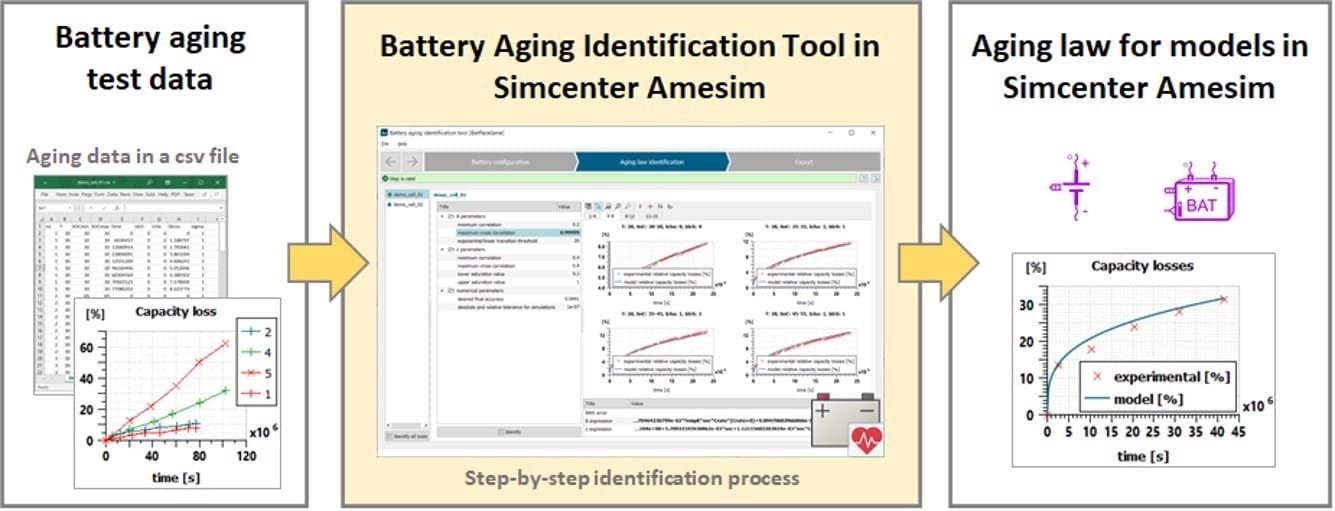
To explore how this new feature may be used a demonstrator model titled “Identification example with the Battery Aging Identification Tool” is provided. The demo model is also a validation model to provide an example of how well this approach compares to actual battery aging testing. To this extent, test data of a 12S1P NMC/C battery module from an electric vehicle running the well-known Worldwide harmonized Light vehicles Test Procedure (WLTP) was used.
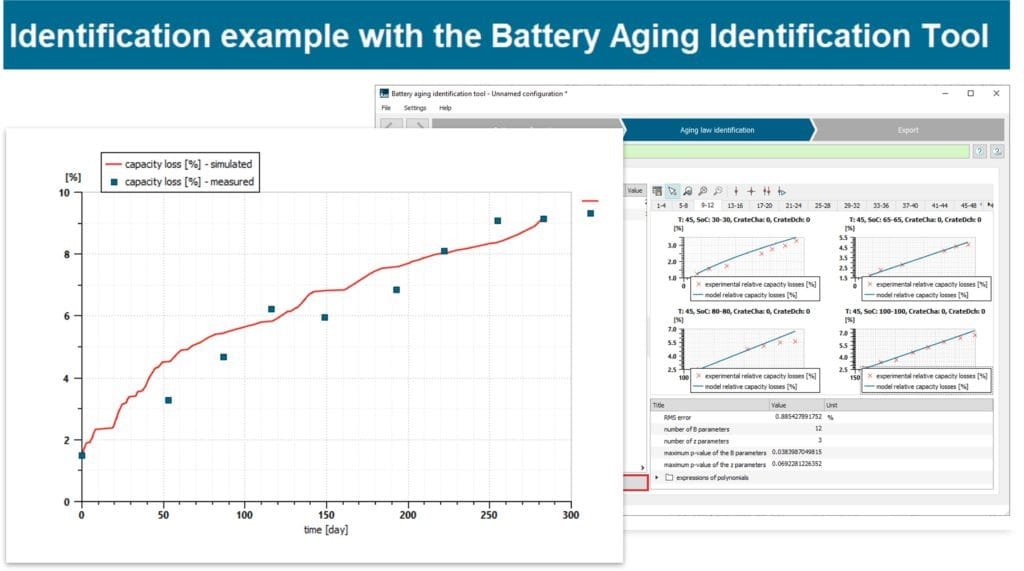
Sea Routes App
As the name suggests, the new Sea Routes Application enables users to quickly create customized shipping routes which consider realistic weather conditions at each given “GPS” position. The route, as well as the weather conditions along the route, are then stored as a data file and can be referenced throughout the entire simulation to determine how the weather may affect a particular ship design or propulsion architecture.
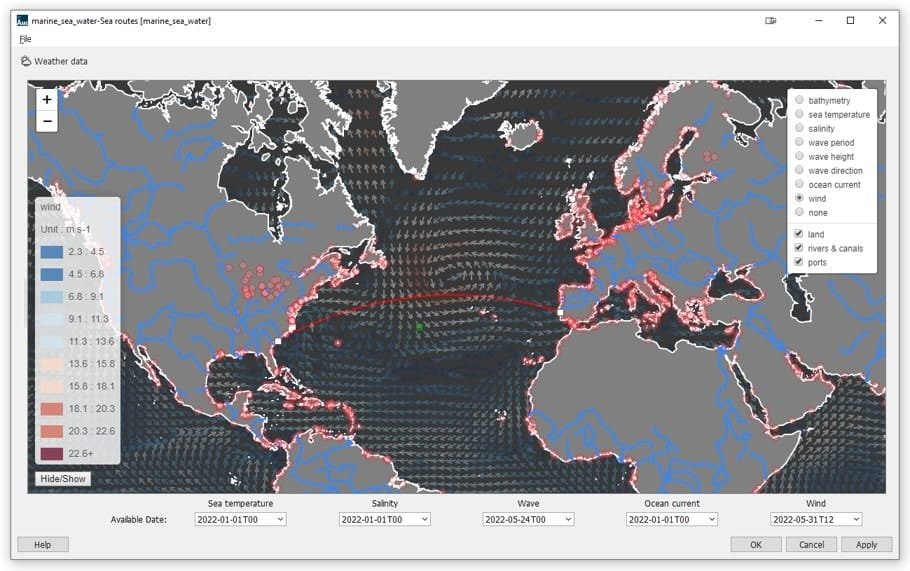
The pre-processing tool relies on weather data which provides the calculations with the behavior for salinity, temperature, winds, waves, and currents. Weather data can be added to the tool by downloading NetCDF data-sets from for example climatedataguide.ucar.edu. As outlined in the image below, navigate to climate data and select Ocean from the dropdown menu. By default, the Sea Routes App uses the weather data-set stored in marine library’s resources (installation directory), and may be conveniently used when starting to explore this new capability.
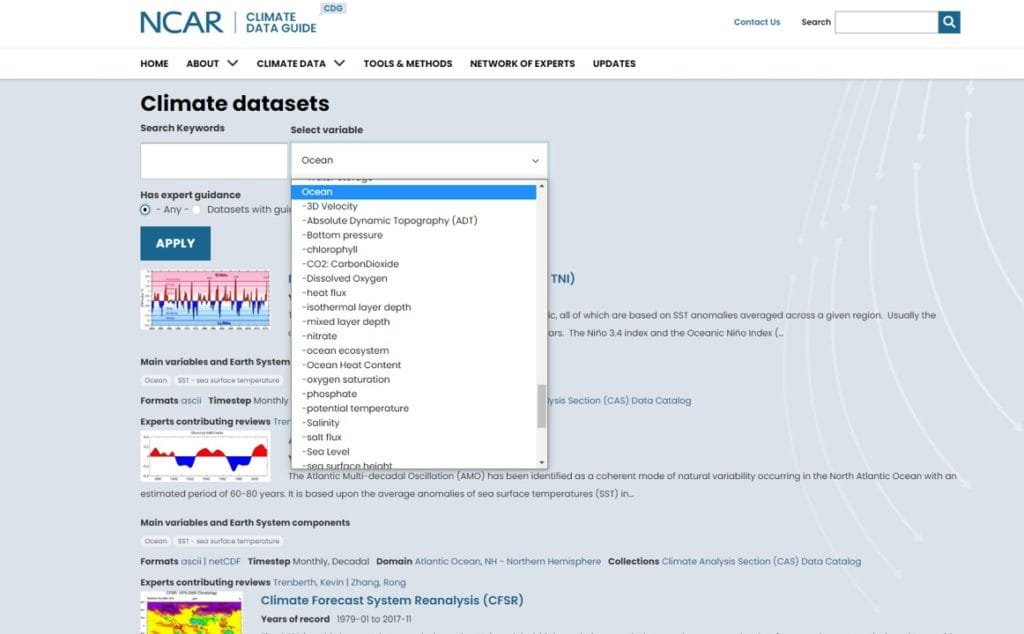
New Proton Exchange Mebrane Electrolyzer (PEMEC)
A new scalable electrochemical Proton Exchange Membrane Electrolyzer (PEMEC) has been added to the Fuel Cell Components library to enable the simulation of hydrogen production. The component is a quasi-static model of a PEMEC stack which computes stack voltage based on calculations of cell voltage using either voltage equations or polarization curves/surfaces. The model accounts for the impact of temperature and pressure on performance, making it possible to study a wide temperature/pressure range. Water transport and O2/H2 diffusion in the membrane can also be accounted for by selecting among the model’s parameters.,Heat losses resulting from electrolysis are determined by considering the thermoneutral voltage, i.e. the voltage drop across an electrochemical cell required to drive the electrolysis, as well as maintain cell temperature at constant temperature. If the cell voltage is higher than the thermoneutral voltage, then part of the electric energy will be converted to waste heat with a consequent temperature rise.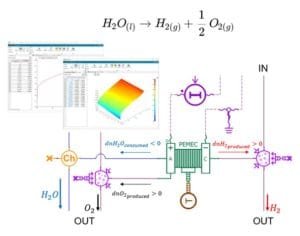 By right clicking the PEMEC component, a dedicated pre-processing tool named Electrolyzer Polarization Curve can be launched. The tool, which purpose is to identify parameter settings for the electrolyzer model based on a user supplied polarization/overpotential curve, can then be used to automatically match the tested cell voltage curve [V] through an iterative process. The image below provides an overview of the tool.
By right clicking the PEMEC component, a dedicated pre-processing tool named Electrolyzer Polarization Curve can be launched. The tool, which purpose is to identify parameter settings for the electrolyzer model based on a user supplied polarization/overpotential curve, can then be used to automatically match the tested cell voltage curve [V] through an iterative process. The image below provides an overview of the tool.
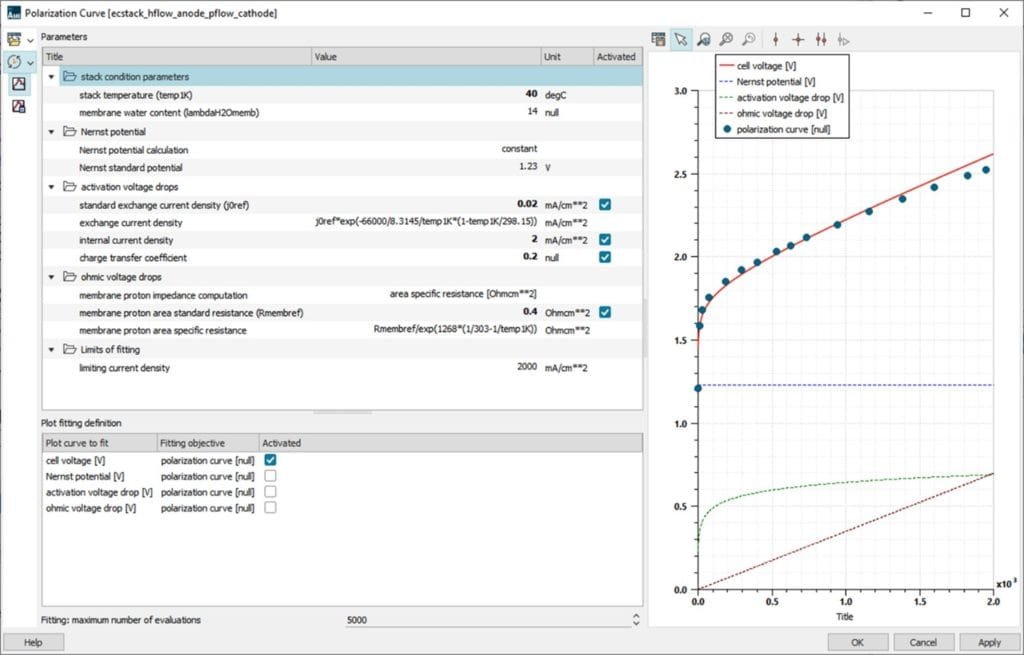
We hope you have found this article interesting. If you have any questions or comments, please feel free to reach out to us on support@volupe.com
Author
Fabian Hasselby, M.Sc.
